#buskerud
Photo






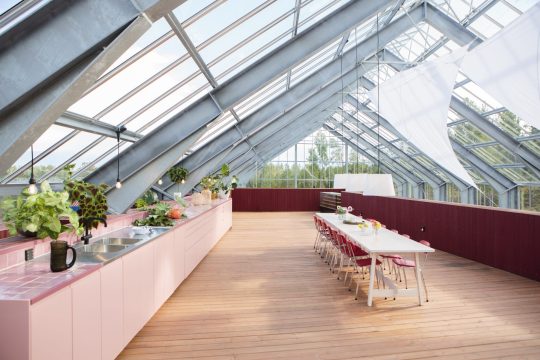

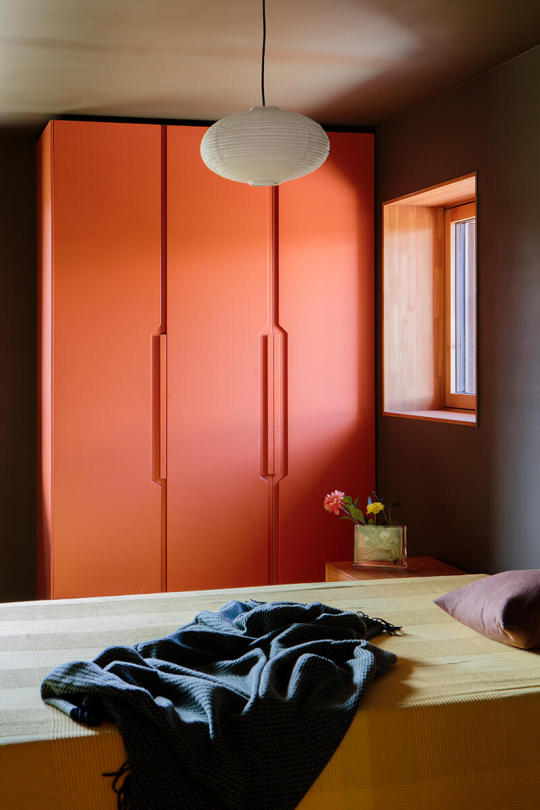

Greenhouse, Buskerud, Norway,
Margit-Kristine Solibakke Klev Architect,
Color Concept: Koi Colour Studio,
Photographs by Nadia Norskott
#art#design#architecture#interiors#greenhouse#glasshouse#norway#buskerud#margit-kristine solibakke klev#koi colour#nature#retreat#sustainable architecture#self sustainability#eco-friiendly#green
240 notes
·
View notes
Text
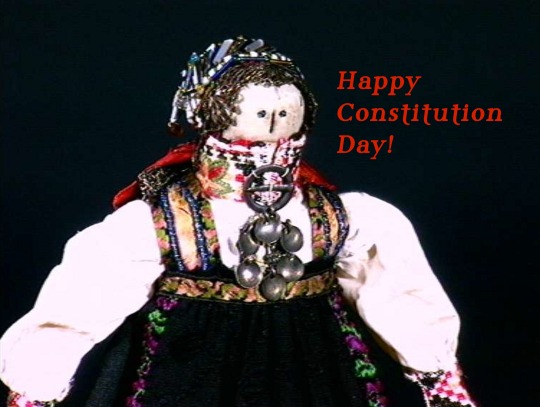
Happy 17th of May!
This weird little doll in a bunad screamed out to me to be the 17th of may post.
Photo by Anne-Lise Reinsfelt / Norsk Folkemuseum
15 notes
·
View notes
Text

Rjukandefoss waterfall in Buskerud, Norway
Norwegian vintage postcard, mailed in 1955 to France
#vintage#tarjeta#france#briefkaart#norway#postcard#photography#postkaart#waterfall#postal#carte postale#sepia#ephemera#norwegian#historic#1955#ansichtskarte#rjukandefoss#postkarte#buskerud#mailed#photo
4 notes
·
View notes
Text
PASCO: animating communities through the creative industries (further horizons)
The PASCO (Performing Arts Scene in Obrenovac) project has had significant effects on the cultural infrastructure in the Obrenovac municipality since the project started in 2009. Due to generous support both locally, Buskerud County in Norway and the KS funding programme of the Norwegian government, PASCO has had demonstrable economic, cultural and social impact on the region. The Aspire Trust,…

View On WordPress
#Aspire Trust#Barajevo#Buskerud#creative city#Grocka#Lazarevac#Mladenovac#Obrenovac#PASCO#Richard Florida#Sopot#Surcin
2 notes
·
View notes
Text

Røyken, Buskerud, Norway
The fire is sorta a pun. Its ment to represent smoke, since smoke cannot be represented in hearldry. The pun falls short though because of a misunderstanding for "Røyken" as the definite form of "røyk" meaning smoke. The name more translates too "Moutain Meadow"
0 notes
Photo
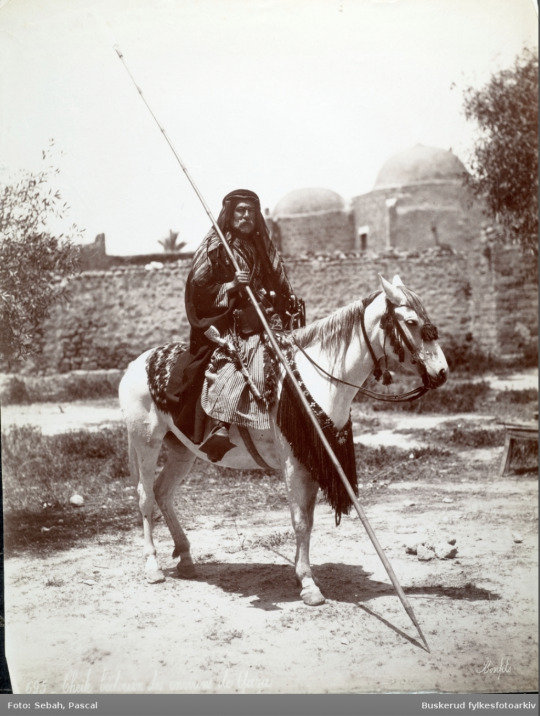
Palestinsk sheik på sin hest fotografert i Gaza by
IDENTIFIER BF 0623 5003
SUBJECT Palestinsk sheik på sin hest fotografert i Gaza by
Fotografering - 1865 — 1870
FOTOGRAF Sebah, Pascal
AVBILDET STED Palastina Gaza
PART OF COLLECTION Buskerud Fylkesfotoarkiv
OWNER OF COLLECTION Hringariki
INSTITUTION Buskerud fylkesfotoarkiv
Source.
46 notes
·
View notes
Video
“Wondrously” by | Sondre Eriksen
Bjorneparken, Flå, Buskerud, Norway
#bjorneparken#landscape#animals#amur leopard#winter#video#4k#nature#norway#curators on tumblr#uploads
1K notes
·
View notes
Text


A 4000-Year-Old Stone Box Grave Discovered in Norway
Archaeologists report an extremely important 4,000-year-old stone box grave has been unearthed in Western Norway, describing it as the most unique Stone Age find in Norway in the last 100 years.
This significant find, which archaeologists believe will provide information about how agriculture came to Western Norway, was discovered south of Vestkapp in Selje, Vestland. The grave is four meters long and over two meters wide.
It’s a sensational discovery and the most unique Stone Age finds in Norway in the last 100 years, says Morten Ramstad at the antiquities section at the University of Bergen.
The grave is a ‘hellekistegrave’, or stone box grave, a type of burial site that has previously only been found in Buskerud, Østfold, and Denmark, but never in Western Norway. Such a grave’s finding here is noteworthy and may help explain when agriculture, which first appeared in Norway circa 3950 BC, made its way to Western Norway.
The fact that this type of grave has not been previously found in Western Norway adds to the significance of the discovery.
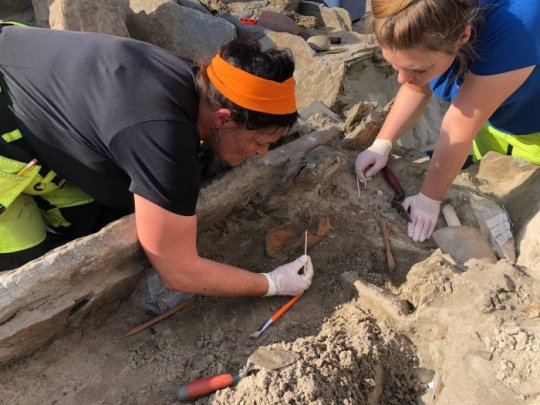
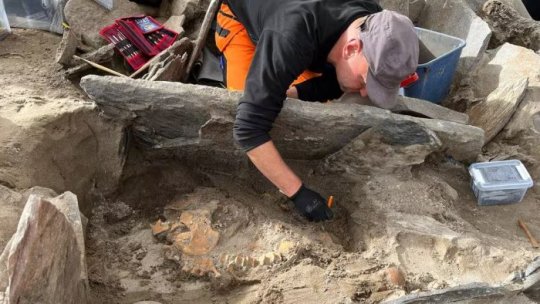
Researchers may be able to ascertain the individuals’ ages, places of origin, and methods of transportation to Western Norway thanks to the exceptionally well-preserved human bone material discovered at the site.
Following the retreat of the great ice sheets, the first inhabitants migrated north into what is now Norway around 10,000 years ago. They were hunter-gatherers who lived off of seafood and game, particularly reindeer. The first agricultural settlements appeared around the Oslofjord between 5,000 and 4,000 BC. Between 1500 BC and 500 BC, agricultural settlements gradually spread throughout southern Norway, while residents north of Trndelag continued to hunt and fish.

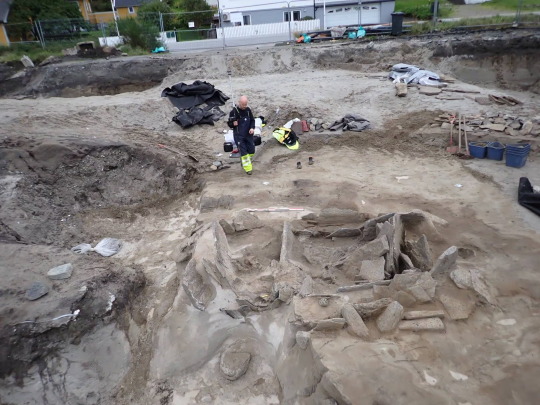
The Neolithic period, beginning in 4000 BC, marked the beginning of agriculture in Norway. The Migration Period saw the establishment of the first chieftains and the construction of hilltop forts. Norwegians began to spread across the seas to the British Isles in the eighth century, and later to Iceland and Greenland. The Viking Age also saw the country’s unification.
The discovery of the 4,000-year-old grave in Western Norway adds to our understanding of the region’s agricultural history. The grave’s exceptionally well-preserved condition, as well as the human bone material discovered within it, could provide valuable data for researchers.
By Oğuz Büyükyıldırım.
#A 4000-Year-Old Stone Box Grave Discovered in Norway#ancient grave#ancient tomb#ancient artifacts#archeology#archeolgst#history#history news#ancient history#ancient culture#ancient civilizations#stone age
111 notes
·
View notes
Text
Historic Musuem Oslo, 2013, Part 2
Viking Age
Hoard Finds

Silver hoard
11th century A.D.
Tråen, Rollag, Buskerud, NO
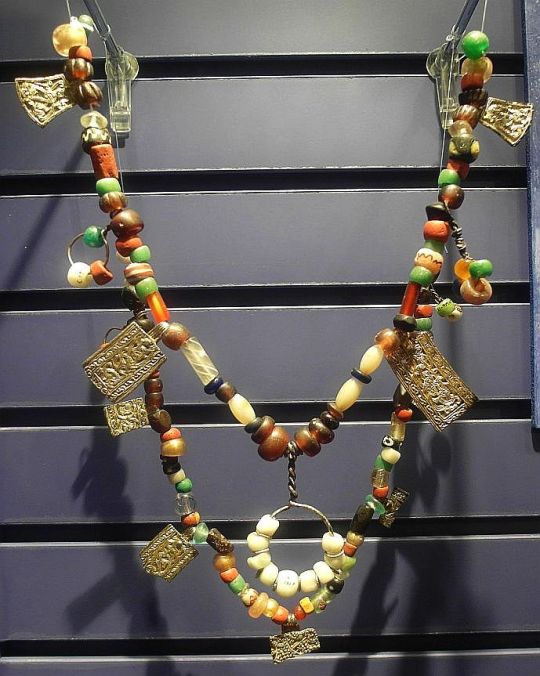
Hoard find
Hon, Øvre Eiker, Buskerud, NO
late 9th century

Silver hoard
Ringnes, Stange, Hedmark, NO
11th century
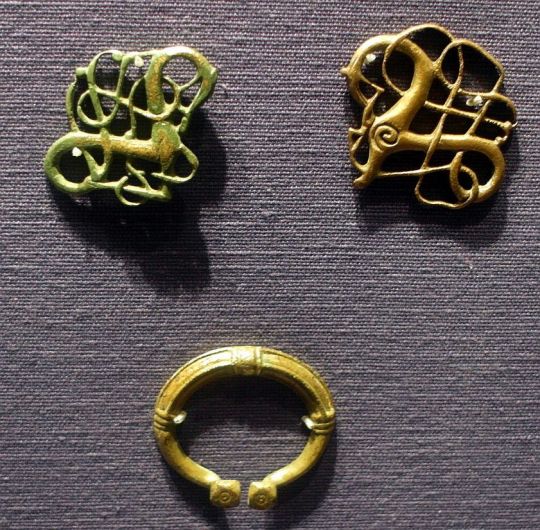
Fibulae/Booches, Viking Age, Urnes style, Norway
.
Swords, Viking Age, Norway
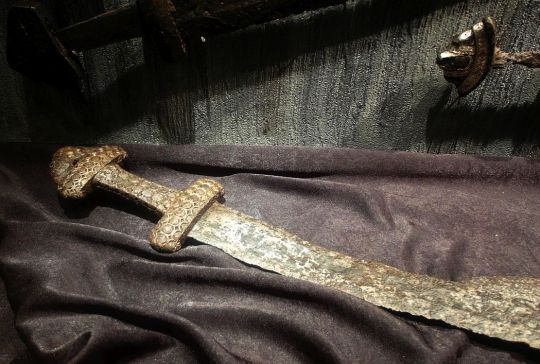

.
Helmet

Man's grave, Gjermundbu, Ringerike k., Buskerud, Norway
10th century
.
Wooden Boat Fragments, Viking Age
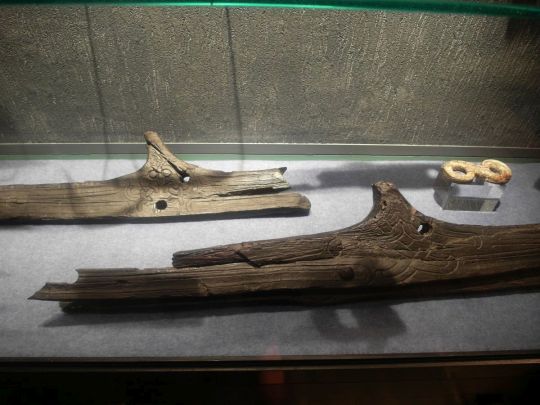
#viking age#viking swords#glass beads#historic museum oslo#viking age reenactment#living history#glaumbaer post
43 notes
·
View notes
Text
The Norwegian Bunad and Wedding Attire
You might have heard of the traditional folk costumes of Norway; the bunad. In case you aren't familiar, here are some examples;

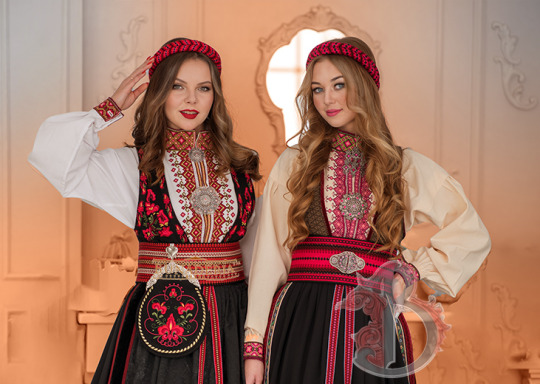


These are mostly worn for special occasions; constitution day, confirmations, anniversaries, christmas celebrations, graduation day, and of course - weddings, which is what this post will be about!
For Norwegian weddings, it's most common to see the bride wearing white and some guests wearing their bunad. There is however bunader that are designed for the bride to wear, which is the bunad I will be showing you today; brudebunad! (trans. bride bunad)
Keep in mind that bunader are very region-specific, and traditionally you wear the bunad of the place you grew up, or alternatively where one of your parents is from (there's also people who inherit their bunad from relatives; like me!). Some brudebunad consist of the regular bunad but with added jewellery and a crown; others have a specific brudebunad. Many are custom made or reconstructed from known older bunader.
Now, on to the brudebunad;
I'm starting us off with the bunad that my mom wore; Romsdalsbunad, from Møre og Romsdal. (that's her on her wedding day in the picture!)
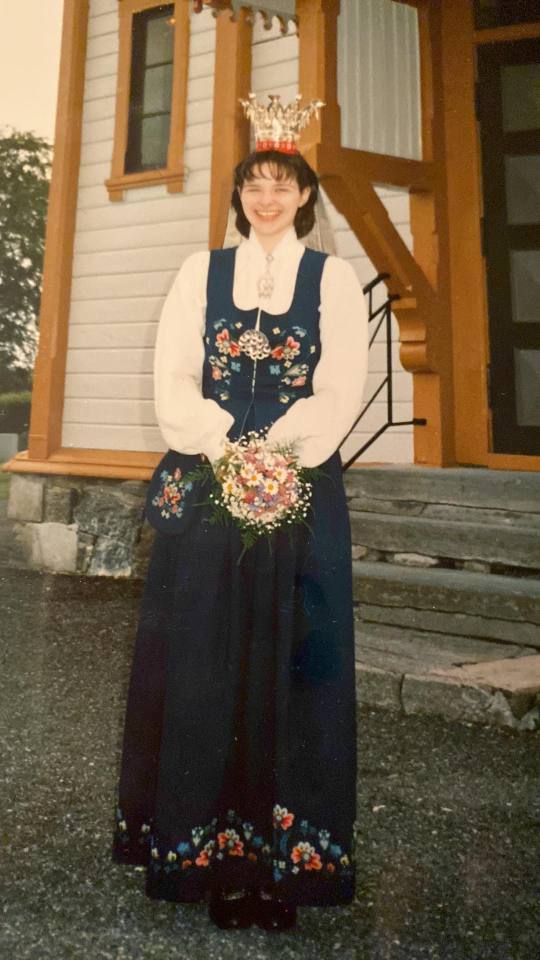
2. from Hallingdal, Buskerud

3. from Hardanger (general)

4. from Sørre Valdres
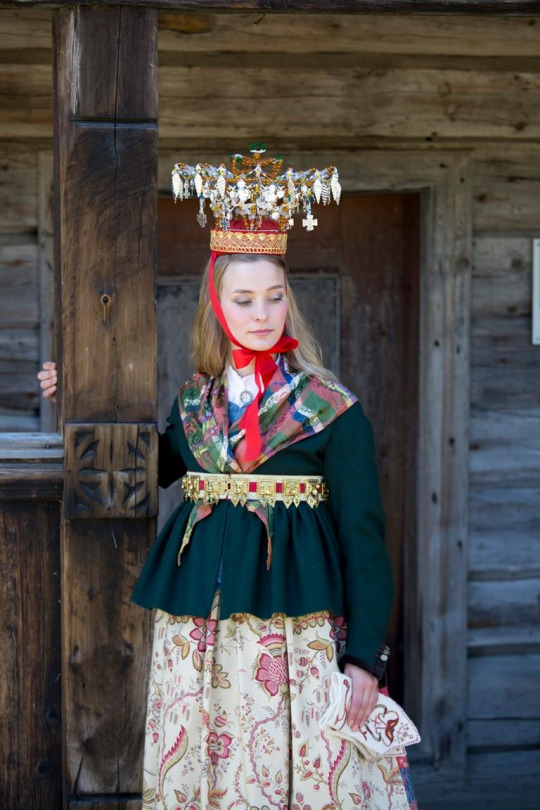
5. from Voss, Vestland

6. from Nordhordland, Vestland
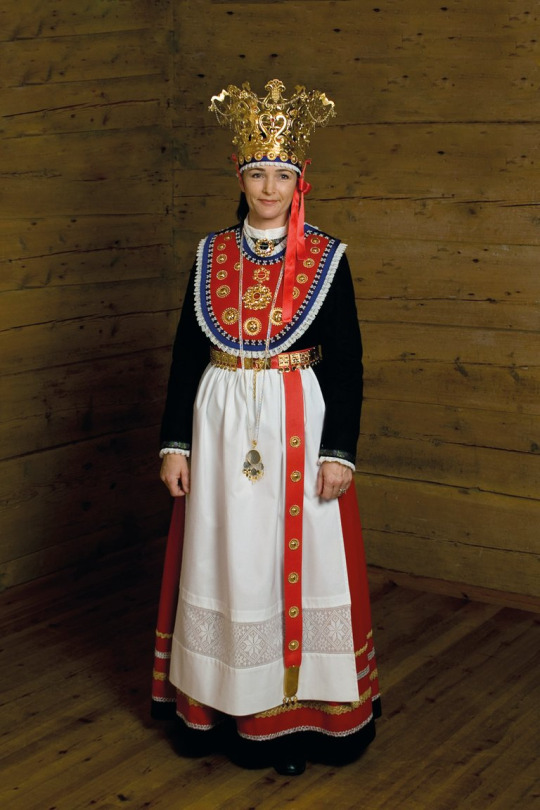
7. from Ålmli, Aust-Agder
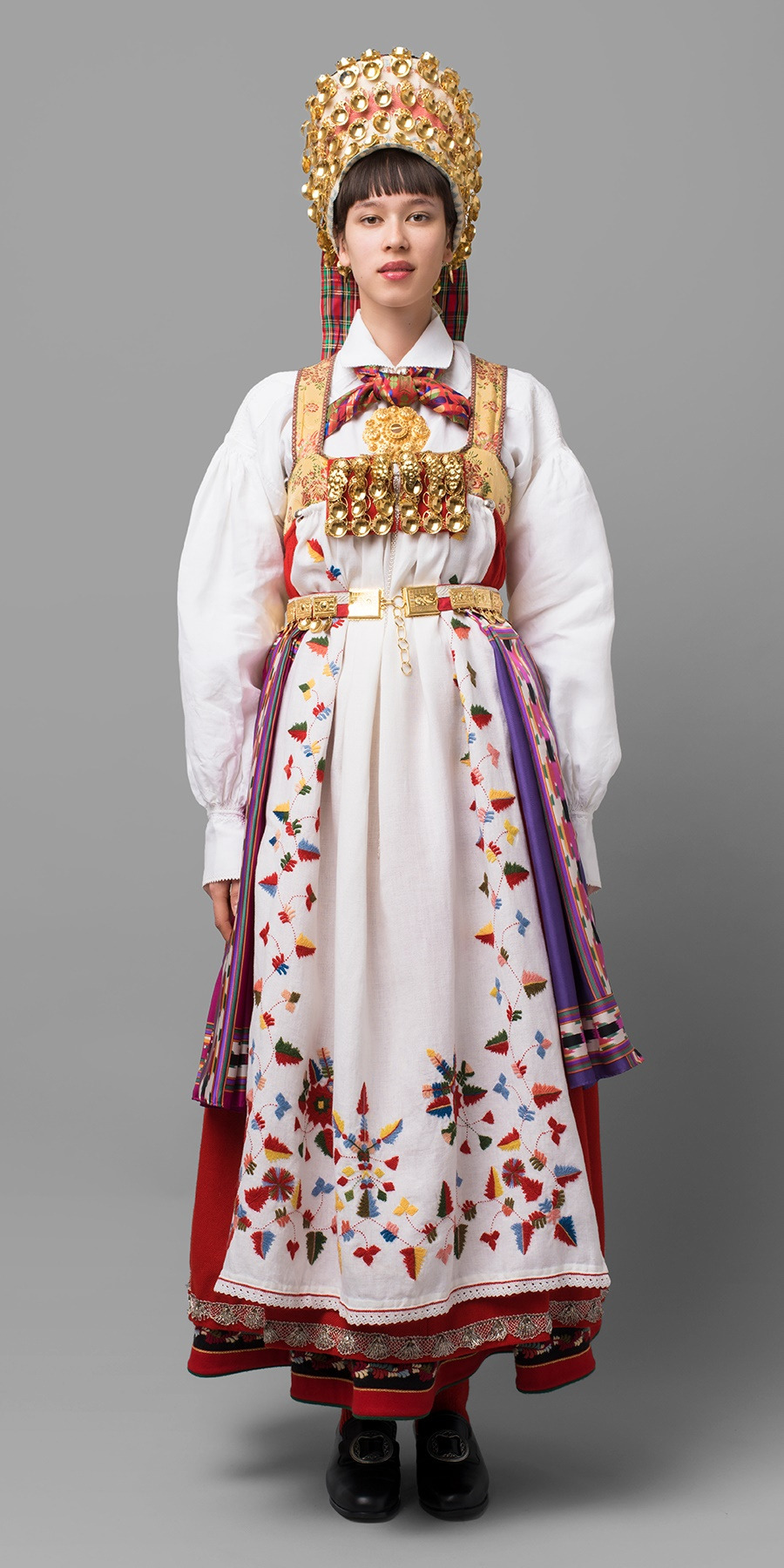
Hope this gave inspiration, whether it's for your Norwegian characters who are getting married or for a fantasy people who is inspired by Scandinavia!<3
If I got any of them very wrong, please let me know!
#traditional fashion#bunad#brudebunad#norwegian culture#folk costume#wedding#wedding attire#wedding dress#bridal fashion#crown#crowns#resource#writeblr#writerblr#writing resource#norway#fashion
49 notes
·
View notes
Photo

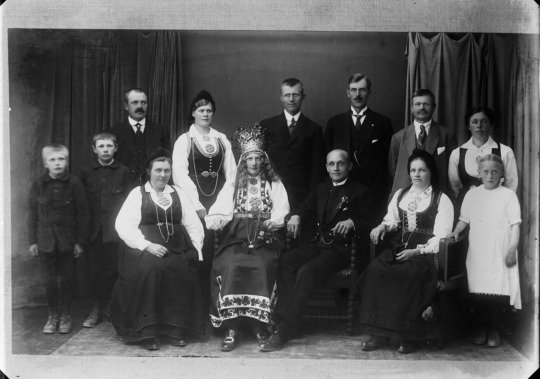
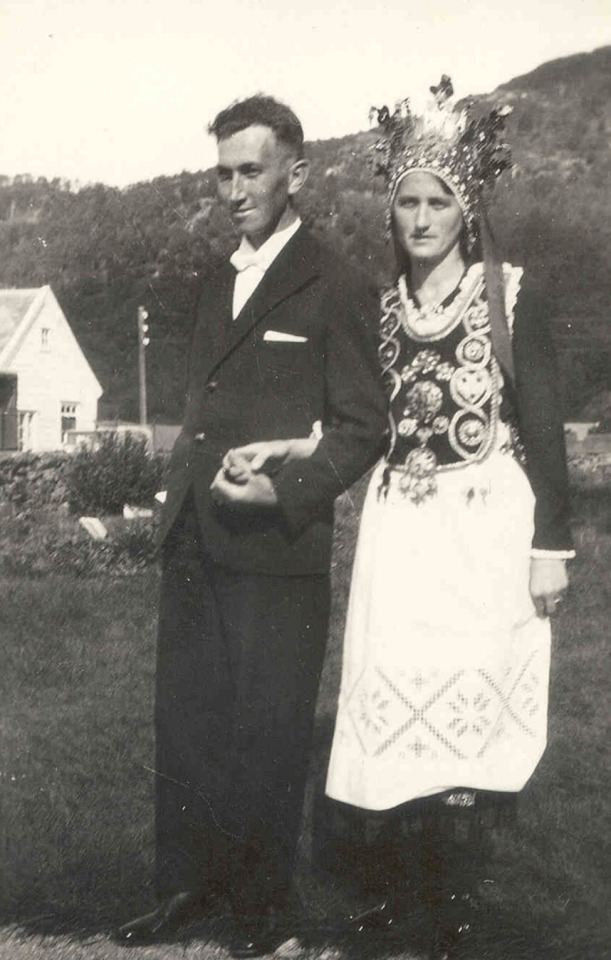

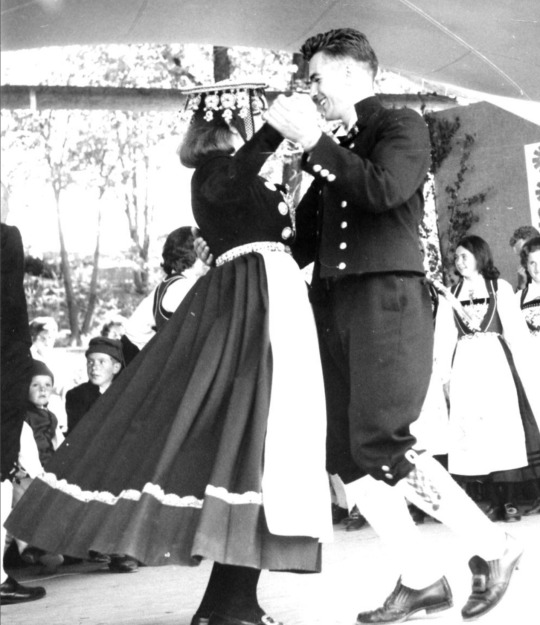




Vintage photos of Norwegian brides
Photo 1: Hardanger, Norway (Early 1900s)
Photo 2: Unknown location but taken somewhere between 1915-20
Photographed by Hans Johnsrud
Photo 3: Newly weds Sigfrid og Anders Hauge, Hordaland, Osterøy 1933
Photo 4: Hol, Buskerud ca.1920-1922
Photo 5: Voss, Norway 1965
Photo 6: Liabygda, Sykkylven, Møre og Romsdal
Photo 7: Newly weds Torstein og Kristine Narheim, Tyssedal, ca 1912
Photo 8: Tynset, Hedemark 1925 — 1930
Photo 9: Newly weds Oddmund og Ingeborg Tyssedalstveit, Odda, Hordaland 1916
#norwegian#norway#Norge#culturenorway#vintagenorway#vintage#norwegian history#norwegian culture#culture#cultural#cultures#cultural clothing#bunad#Bunadstakk#telemarksbunad#headdress#traditionalheadwear#bride#brides#traditional bride#traditional brides#Wedding#norwegianwedding#wedding crown#Norwegian crown#wedding wear#Old#old phography#old photo#1900s
23 notes
·
View notes
Text

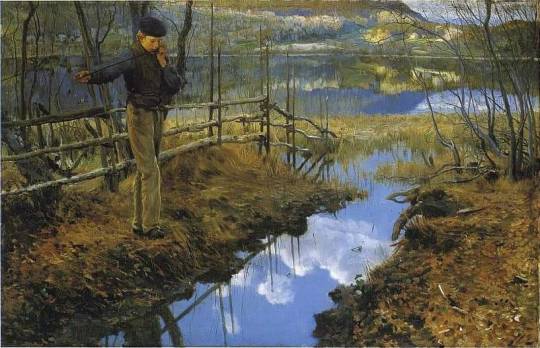

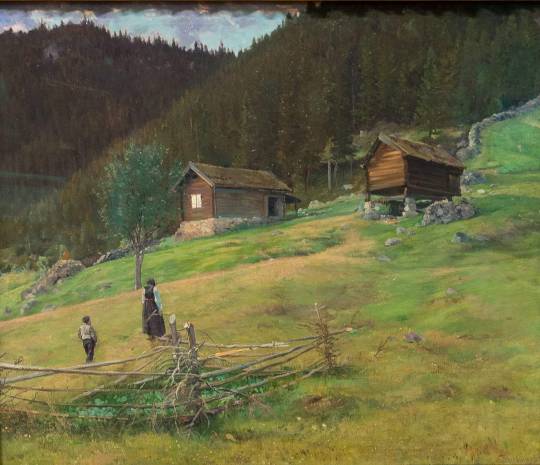

"Christian Skredsvig (12 March 1854 – 19 January 1924) was a Norwegian painter and writer. He employed an artistic style reflecting naturalism. He is especially well known for his picturesque and lyrical depictions of the landscape. He was born and grew up on the Skredsvig farm in the parish of Modum in Buskerud, Norway.
When he was 15 years old he became a pupil at the drawing and paint school of Johan Fredrik Eckersberg in Christiania. After Eckersberg's death in 1870 he studied with Julius Middelthun at Norwegian National Academy of Craft and Art Industry (Den kgl. Tegneskole) in Kristiania (now Oslo). He followed with four years of apprenticeship (1870–1874) in Copenhagen under the supervision of landscape painter Vilhelm Kyhn at the Royal Danish Academy of Fine Arts.
After several years in Paris he moved back to Norway in 1886 and settled at the Fleskum farm in Bærum. His new home became a gathering place for painters, poets and musicians. Eilif Peterssen, Kitty Kielland, Harriet Backer and Erik Werenskiold all made trips to the farm. Skredsvig's famous neo-romantic painting Seljefløiten (1889) was painted by the Lake Dælivannet in Bærum. He also conducted study trips, to Corsica in 1888 and to southern France in 1891.
In 1894, he moved to Eggedal in Sigdal municipality where he built his home Hagan. In the natural landscape of Eggedal, Skredsvig found inspiration and motives to paint".
> Pomah Konomieub > Painters from the North
5 notes
·
View notes
Text

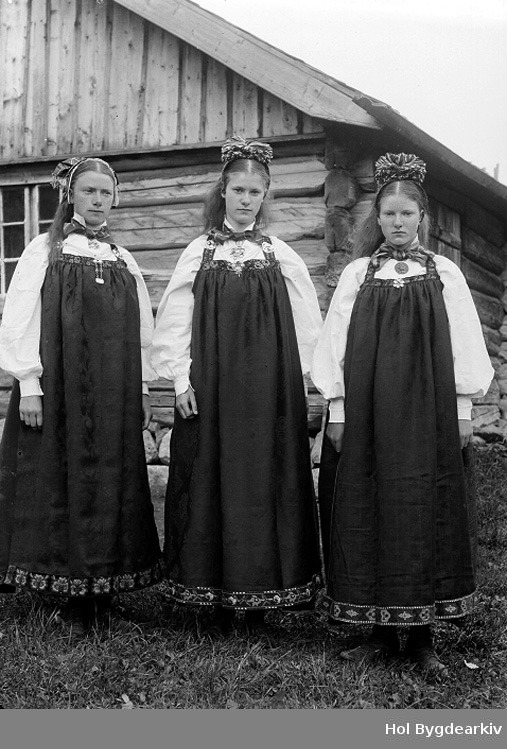

Photos of the girl's headdress from Hallingdal
Usually it consists of a wide headband/cap that is open in the back to let the hair through, with a large multicolored wool tassel on top. There is also a longer wool tassel attached to the hair and braids on the back of the head.
It is still sometimes in use on the modern Øvre Hallingdalsbunad, but caps in general are not very popular anymore.
3 notes
·
View notes
Photo
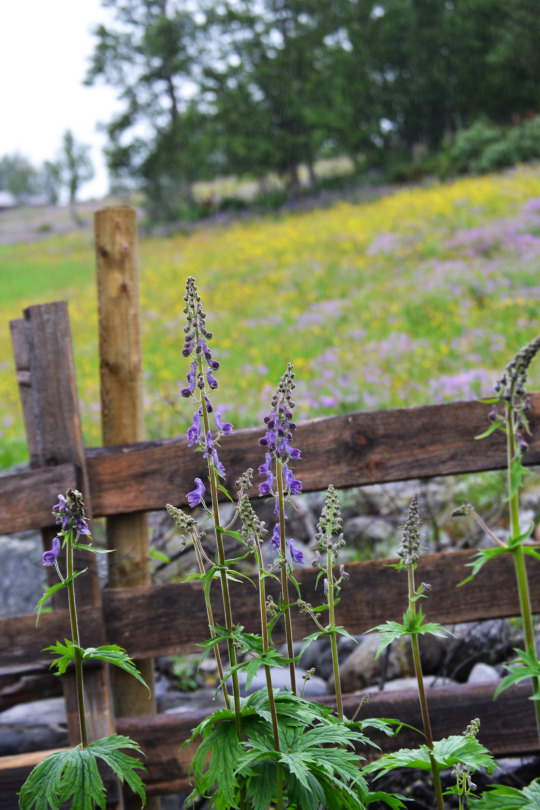
Leveld, Buskerud, Norway
7 notes
·
View notes
Text
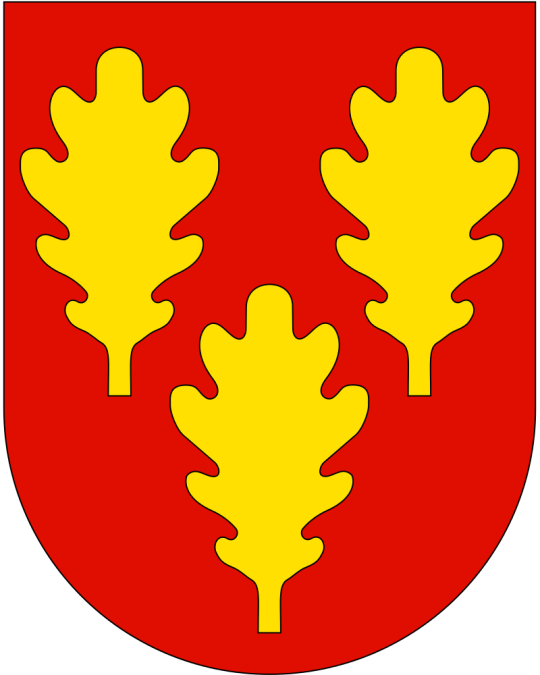
Nedre Eiker, Buskerud, Norway
The arms are a pun on the name. Eik comes from the world for "oak" so there are oak leaves.
0 notes